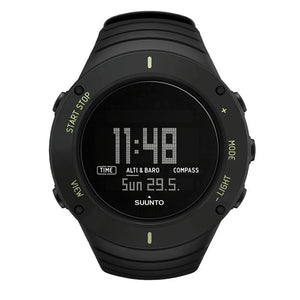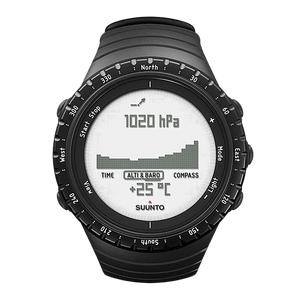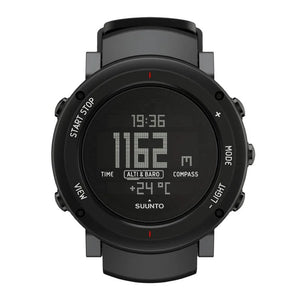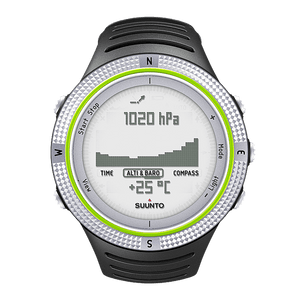product
Out of Stock
Out of Stock
Out of Stock
Out of Stock
Out of Stock
Out of Stock
Out of Stock
Out of Stock
Out of Stock

Suunto Core
Ultimate Black
The outdoor watch with altimeter, barometer & compass in durable composite case with stainless steel top ring and luminescent details
$219
Shop Now
Out of Stock
Out of Stock

Suunto Core Black Flat Silicone Strap
This kit includes the strap and pins, lugs and screws to attach the strap. The Suunto Core black silicone strap fits all Suunto Core models.
$450
Shop Now
Out of Stock
Out of Stock
Out of Stock
Out of Stock
Out of Stock
Out of Stock

Suunto Magnetic USB Cable
White
Use the USB cable to charge your Suunto device or to update the software. The USB cable is compatible with the following products:
Suunto 9
Suunto Spartan Sport
Suunto Spartan Sport Wrist HR/ Baro
Suunto Spartan Ultra
Suunto EON Core
Suunto D5
$350
Shop Now
















































































